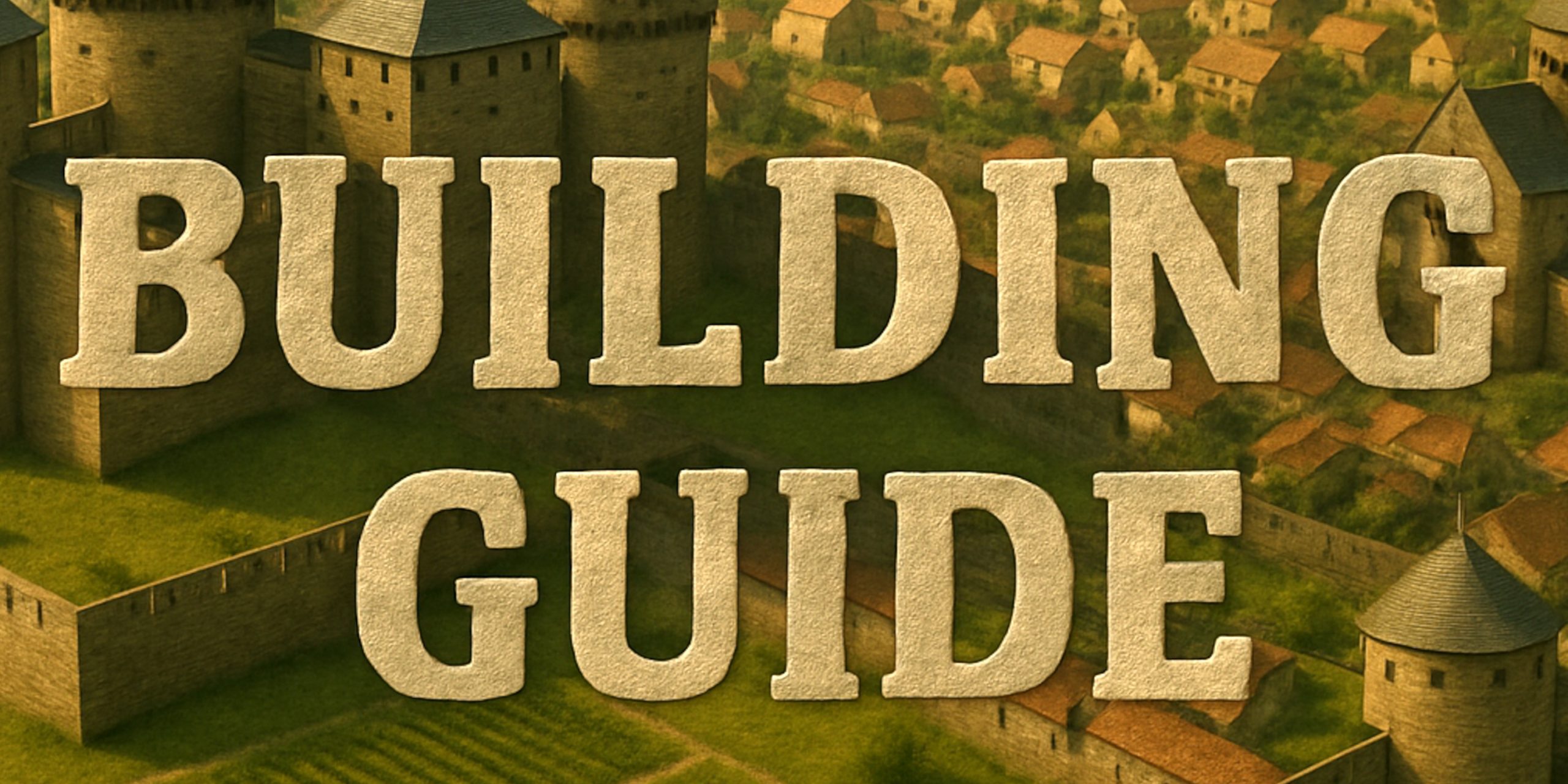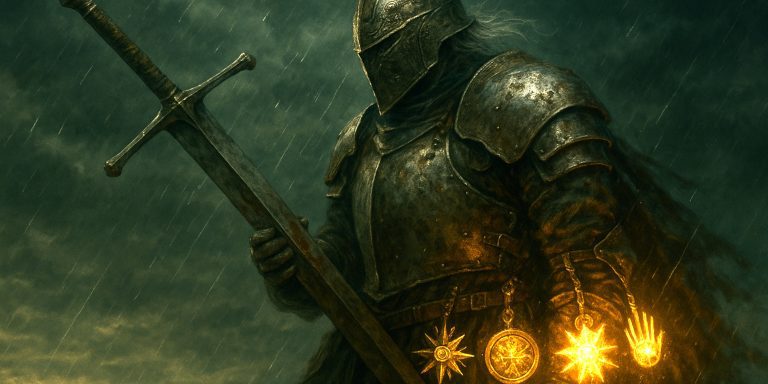
Buildings are one of the core mechanics in Crusader Kings 3. They shape the strength of your realm, influencing income, military power, cultural development and religious authority. Understanding which structures to prioritise is essential for both early and late game success.
Types of Holdings
Each county can contain different types of holdings, and each has its own role:
- Castles: The backbone of your military power, offering levies, fortifications and knight bonuses.
- Cities: Focused on income, technology growth and development.
- Temples: Provide a mix of piety, income and levies, though control depends on your faith’s laws.
Balancing these holding types allows you to tailor your realm to your style of play.
Castle Buildings
Castles form the foundation of feudal power. They are expensive but essential for defence and military strength.
Key Castle Buildings:
- Barracks: Boost levies and men-at-arms.
- Military Camps: Improve light infantry and archers.
- Stables: Strengthen cavalry units.
- Fortifications: Increase garrison size and fort level, delaying sieges.
- Manors: Add income and tax growth.
Best choice depends on whether you want more money for long-term stability or military power for expansion.
City Buildings
Cities are valuable for gold and development growth. Since they are often controlled by mayors, the income is reduced compared to castles, but they still play a crucial role in your economy.
Key City Buildings:
- Guild Halls: Improve tax and development.
- Markets: Steady income growth.
- Walls and Towers: Fortification bonuses.
- Specialised Workshops: Boost men-at-arms maintenance and production efficiency.
Cities are best developed in high-development provinces or trade-rich regions.
Temple Buildings
Temples balance piety and income, but control depends on your faith. In Catholic realms, for example, the church holds them under the bishop’s authority. In faiths where rulers hold temples directly, they become far more powerful.
Key Temple Buildings:
- Monasteries: Piety and learning bonuses.
- Pilgrim Centres: Boost piety and sometimes income.
- Shrines: Increase levy size and religious influence.
- Sacred Sites: Provide unique cultural and faith bonuses.
Investing in temples is most effective if your faith allows you to control them directly.
Economic vs Military Focus
The decision to invest in economic or military buildings often depends on your situation:
- Early Game: Prioritise income-generating structures such as manors, markets and guild halls. A strong economy secures stability.
- Mid to Late Game: Balance the economy with military investments. Large realms benefit from barracks, stables and fortifications to strengthen armies and secure borders.
- Long Wars: Fortifications and garrisons can delay sieges, giving time to rally allies.
Regional and Cultural Buildings
Many regions and cultures unlock special buildings, such as the Pyramids in Egypt or Notre Dame in Paris. These offer unique bonuses that can shape entire strategies. Securing these wonders can dramatically increase prestige, faith authority or military might.
Practical Tips
- Build in your personal domain first, since you keep the direct income and bonuses.
- Use cities to stabilise your economy, castles to project military strength and temples for piety.
- Check building costs and upgrade paths regularly. Some buildings scale better than others as the game progresses.
- If expansion is your priority, fortifications and levy buildings are crucial. If stability and tech growth matter more, invest in income and development structures.
The Seven Swords Takeaway
Buildings in Crusader Kings 3 are strategic tools that shape the economic, military and cultural direction of your realm. By balancing castles, cities and temples, and adapting to your faith, culture and



